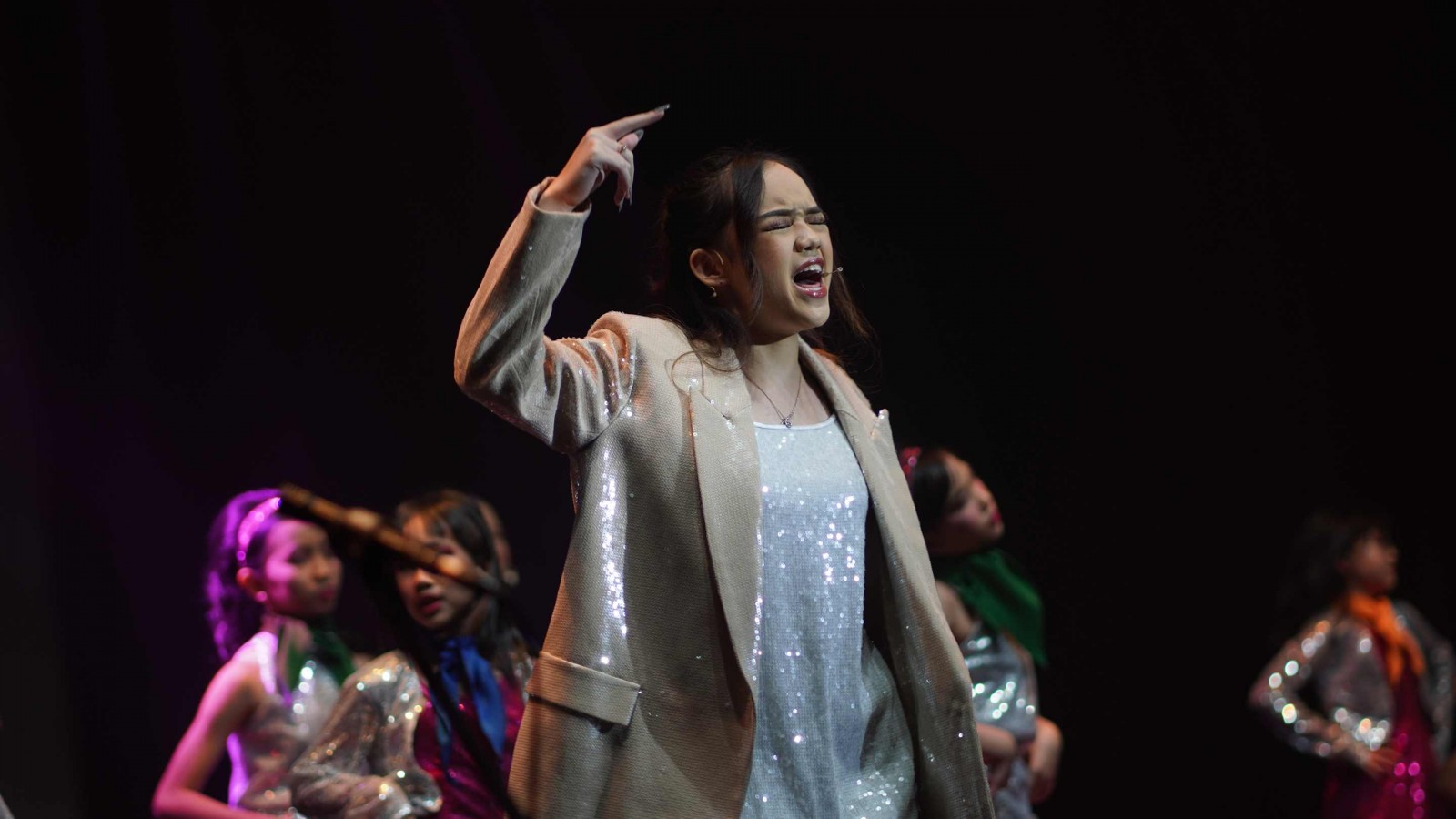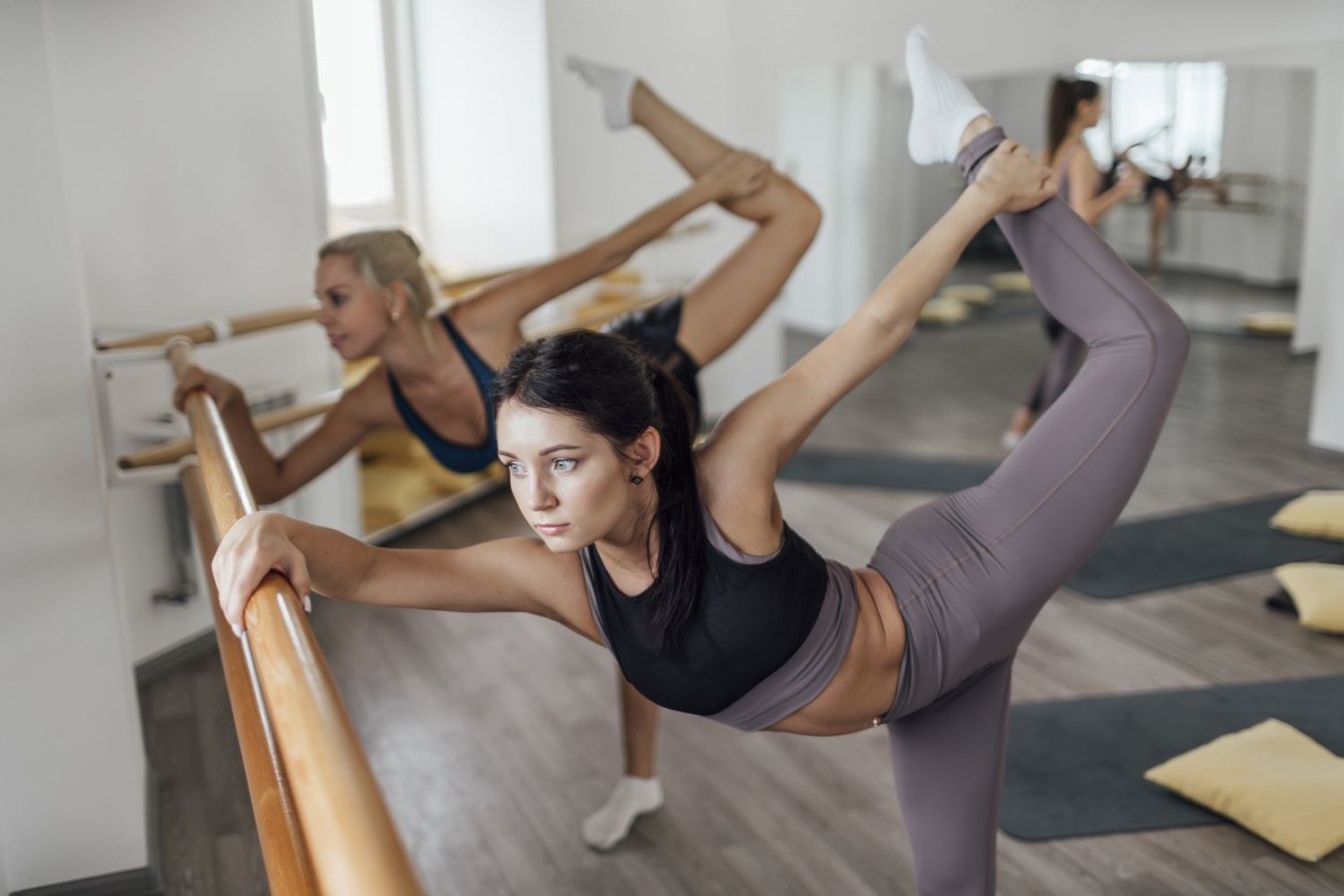Why the Wolf Turn is So Challenging: A Gymnastics Analysis

The wolf turn in gymnastics is one of the most iconic yet challenging moves to master. This rotational skill, typically performed on the balance beam or floor, involves a gymnast crouching down with one leg extended while executing a full or multiple spins.
What makes the wolf turn particularly difficult is the balance required throughout the spin, as any slight loss of focus can lead to wobbling or falling. In this article, we will break down how to do the wolf turn, explore why it's so difficult, and examine what makes this skill so popular in gymnastics routines.
How to do the Wolf Turn?
The wolf turn is essentially a spinning movement that requires a gymnast to balance on one leg in a crouched position while executing multiple turns. Here's a breakdown of the steps involved in performing the wolf turn:
1. Starting Position
The gymnast begins by positioning themselves in a low crouch. One leg is bent with the foot firmly planted on the ground, while the other leg is extended outward, resembling the stance of a wolf, which gives the move its name.
The extended leg can be kept either straight or slightly bent at the knee. This low position is crucial for both balance and preparation for the turn. The gymnast should also keep their core engaged and arms positioned to aid in stability and control.
2. Turn Execution
The gymnast initiates the wolf turn by rotating on the bent leg, using the planted foot as the pivot point. To generate momentum, the gymnast may use a subtle push-off with their arms or twist their upper body to start the spin.
The arms usually extend outward or are held close to the body to assist in balancing while turning. Meanwhile, the extended leg remains in its position throughout the rotation, providing both aesthetic value and aiding in counterbalancing the motion.
Maintaining proper body alignment during the rotation is essential, as any shift in weight distribution could cause the gymnast to lose balance or wobble. The challenge of the wolf turn lies in keeping the extended leg stable while executing a controlled spin on the other leg.
3. Number of Rotations
The number of full rotations in a wolf turn varies depending on the gymnast’s skill level and the difficulty required for the routine.
A beginner gymnast might perform a single rotation, while more advanced athletes can perform multiple spins, often incorporating up to three or four rotations in elite-level routines.
As the gymnast gains momentum, the challenge is to maintain balance without losing form, especially during multiple spins.
4. End Position
Once the desired number of rotations is complete, the gymnast must seamlessly transition out of the spin.
The wolf turn typically ends with the gymnast returning to a stable, controlled position, either by standing upright or resuming the crouched stance from which the move began.
This finishing position should be steady and precise, as a shaky or unstable end could negatively affect the overall execution score in competition.
Why is the Wolf Turn So Difficult?
The wolf turn is considered one of the more difficult elements in gymnastics due to several key factors that challenge even the most experienced athletes. Here's why the wolf turn is so tough to master:
A. Balance and Body Control
The wolf turn requires exceptional balance due to the initial squat position where one leg is extended, and the arms are wound up. In this position, the gymnast's center of mass is elevated, making stability crucial.
Any slight movement can easily throw off balance, turning the challenge of maintaining a steady posture into a significant feat of skill.
B. Inertia and Rotation
As the gymnast initiates the turn, they must expertly manage their body's inertia. Pulling their arms close to their body reduces their moment of inertia, enabling faster spins.
This rapid change in mass distribution necessitates excellent control and coordination. To decelerate the spin, the gymnast must extend their arms, increasing their moment of inertia and slowing down the rotation.
This delicate balance of speeding up and slowing down requires precise timing and body awareness.
C. Strength Requirements
Executing a wolf turn demands considerable strength from multiple muscle groups, including the arms, shoulders, legs, and core. These muscles must work in unison to sustain the gymnast's position and control the rotation effectively.
The core is especially vital for stabilizing the torso and preventing falls, making overall strength a critical factor in the execution of the move.
D. Precision in Execution
Judges evaluate the wolf turn based on difficulty and execution, requiring gymnasts to maintain proper posture, foot placement, and arm alignment throughout the turn.
Even minor errors, such as slight wobbles or incorrect foot positioning, can lead to deductions in their score.
Achieving a perfect execution requires not just physical strength and balance but also meticulous attention to detail in every aspect of the movement.
What Makes the Wolf Turn Popular?
As gymnasts continue to push the boundaries of difficulty and artistry, the wolf turn remains a beloved choice for those looking to elevate their routines. The wolf turn has gained popularity in gymnastics for several compelling reasons:
1. High Difficulty Value
The wolf turn has a higher difficulty rating than many other turns, contributing significantly to a gymnast's overall difficulty score.
For example, on the balance beam, a single wolf turn is rated B, while double and triple variations are rated D and E, respectively. This rating boosts the gymnast's total score, making it an attractive choice for competitors.
2. Routine Requirements
Both balance beam and floor exercise routines necessitate turn elements. By incorporating the wolf turn, gymnasts can fulfill this requirement while showcasing their advanced skills and technical proficiency, elevating the quality of their routines.
3. Trend and Influence
The popularity of the wolf turn has surged due to its frequent execution by elite gymnasts like Simone Biles.
When top athletes successfully incorporate the wolf turn into their routines, it creates a trend that other gymnasts aspire to replicate, further enhancing its popularity.
4. Visibility and Impact
Despite its complexity, the wolf turn adds a dynamic and visually striking element to routines. When performed well, it demonstrates fluidity and control, making it a crowd-pleaser and a highlight of performances.
Its aesthetic appeal and scoring potential make it a favorite among gymnasts looking to impress both judges and audiences.
Take Your Routines to the Next Level!
The wolf turn is undoubtedly one of the most challenging yet rewarding skills in gymnastics. For gymnasts aiming to improve their routines and stand out in competition, mastering the wolf turn is a challenge worth pursuing.
Are you ready to soar to new heights in gymnastics? At Rockstar Academy, we specialize in helping aspiring gymnasts master essential skills like the balance beam routine, ensuring they develop strength, flexibility, and confidence.
Our gymnastics program not only focuses on perfecting techniques but also includes Gymnastics Testing, Elite Championships and RockOlympics to assess progress and set personalized goals. Whether you're a beginner or looking to refine your skills, our experienced coaches provide expert guidance tailored to your needs.
As part of our commitment to nurturing talent, we are excited to offer a free trial of our gymnastics program at the Sports & Performing Arts Academy. Don’t miss this opportunity to experience our supportive environment and kickstart your gymnastics journey today!
FAQ
Why is a wolf turn so hard?
The wolf turn is challenging due to the balance required while spinning in a low crouch, managing body inertia during rotation, and the strength needed to maintain control.
How to learn a wolf turn?
Start in a low squat, practice balancing on one leg, then gradually add the spin while pulling your arms in to increase rotation speed. Consistent practice and guidance from a coach are essential for mastering this skill.



